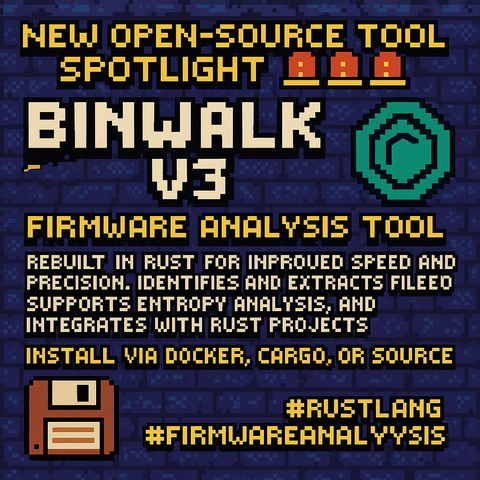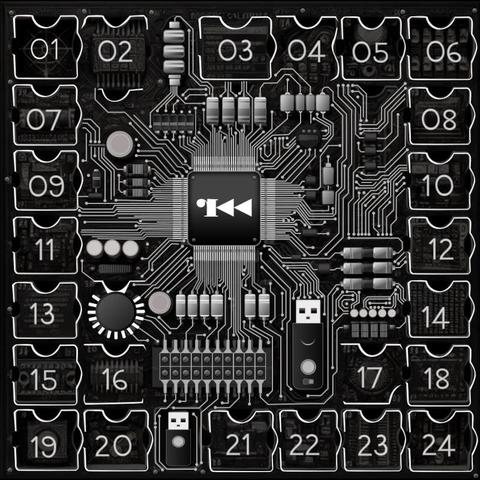New Open-Source Tool Spotlight 🚨🚨🚨
Binwalk v3 is a firmware analysis tool rebuilt in Rust for improved speed and precision. It identifies and extracts embedded files, supports entropy analysis, and integrates with Rust projects. Install via Docker, Cargo, or source. #RustLang #FirmwareAnalysis
🔗 Project link on #GitHub 👉 https://github.com/ReFirmLabs/binwalk
#Infosec #Cybersecurity #Software #Technology #News #CTF #Cybersecuritycareer #hacking #redteam #blueteam #purpleteam #tips #opensource #cloudsecurity
— ✨
🔐 P.S. Found this helpful? Tap Follow for more cybersecurity tips and insights! I share weekly content for professionals and people who want to get into cyber. Happy hacking 💻🏴☠️

 radare
radare 
